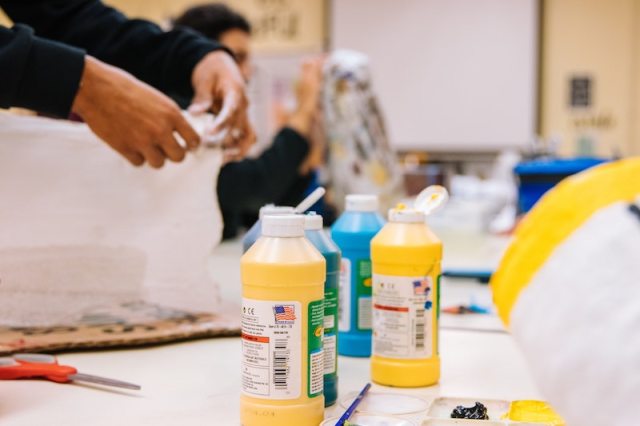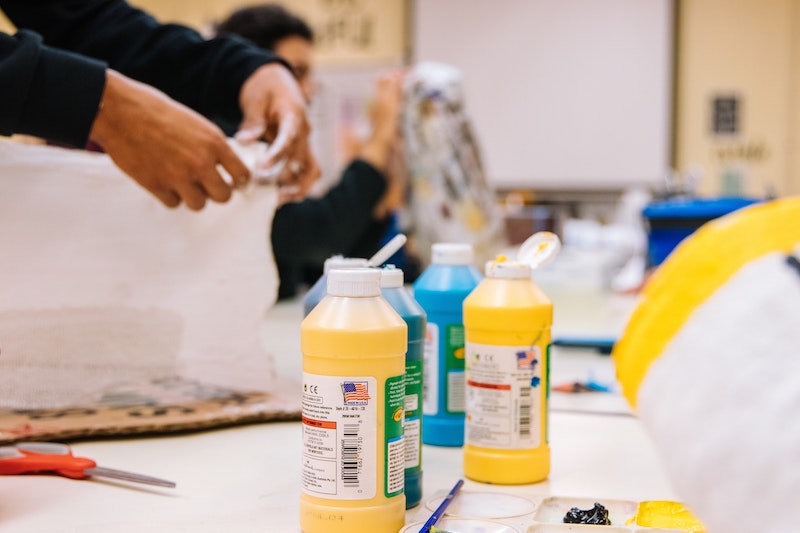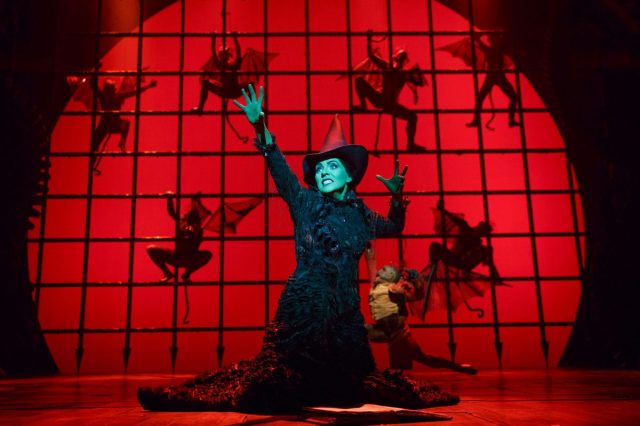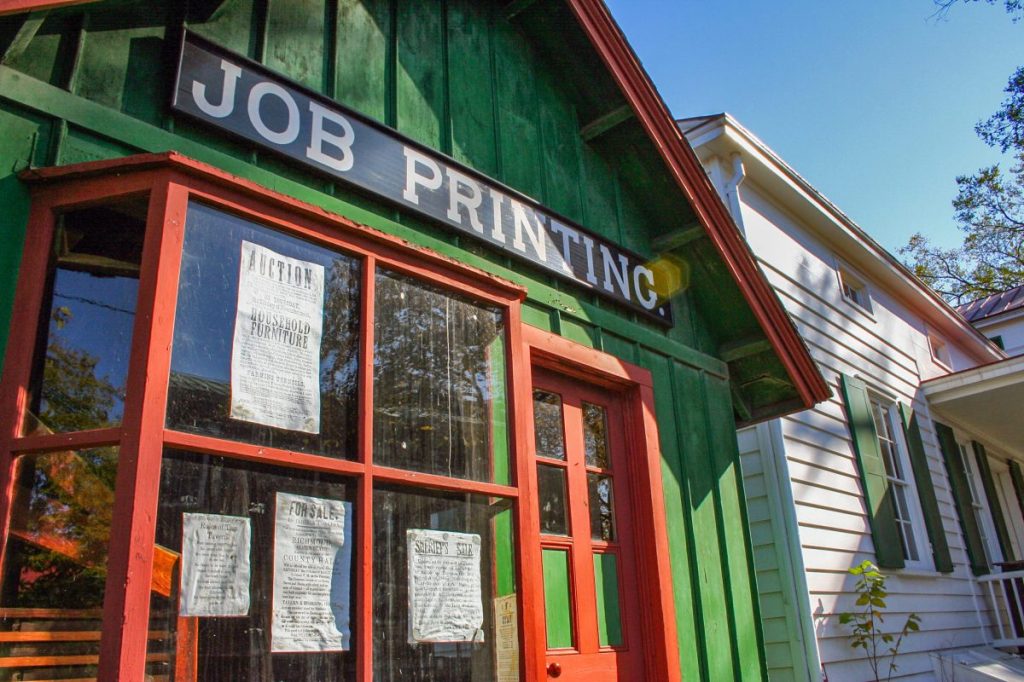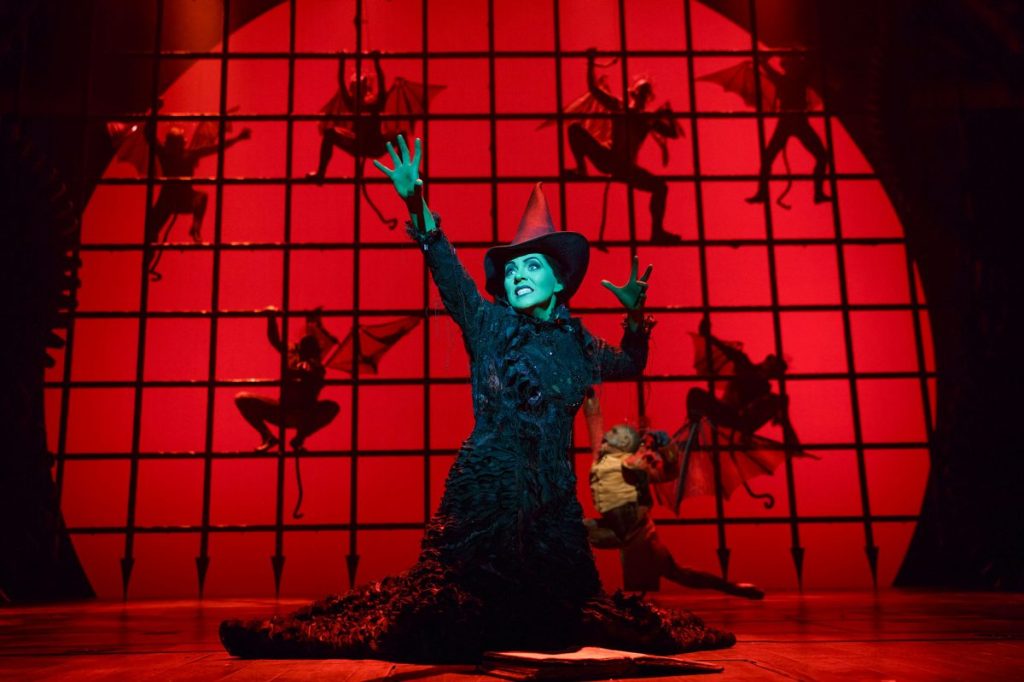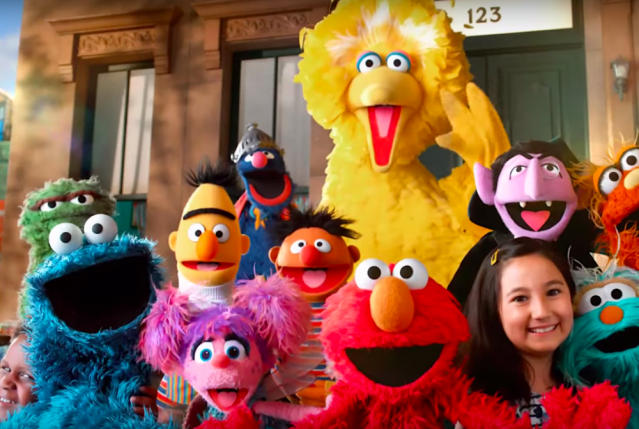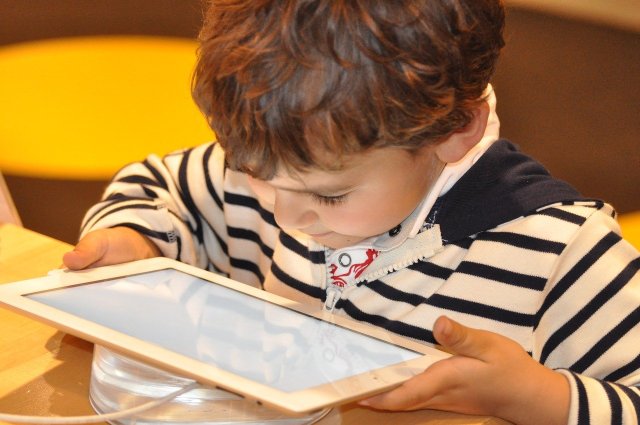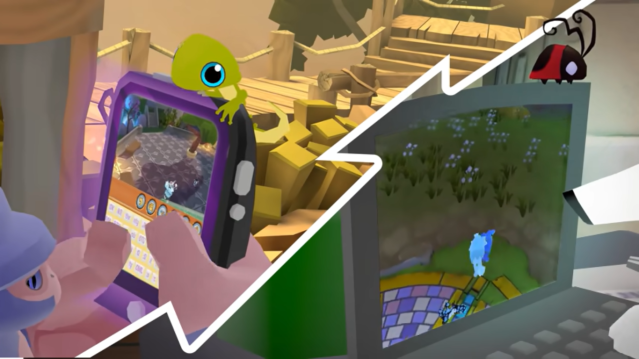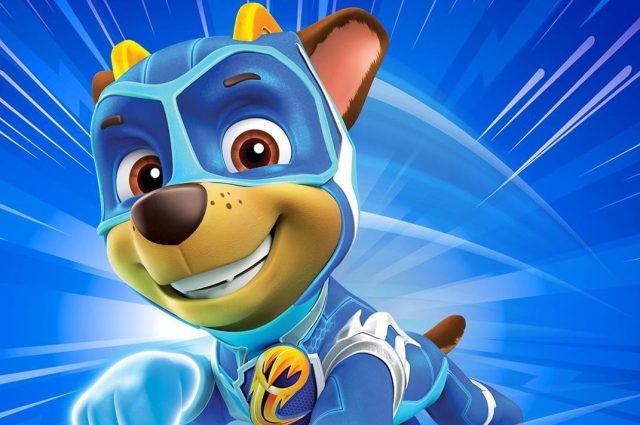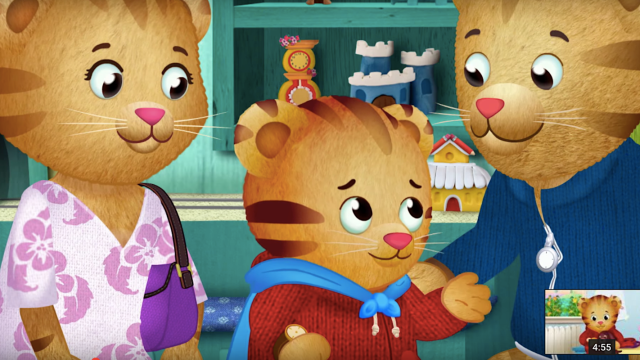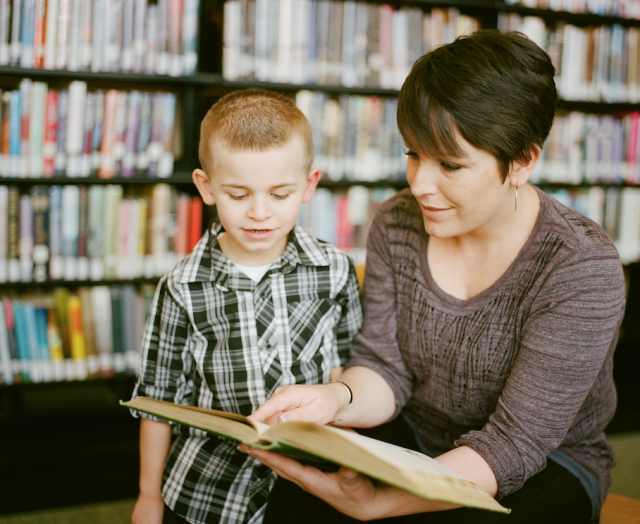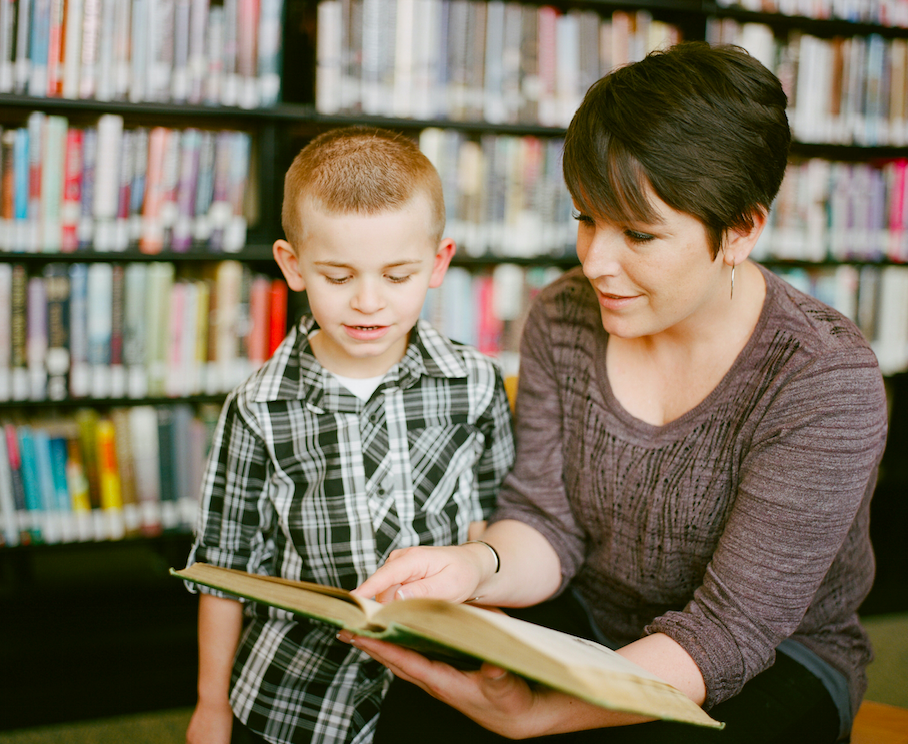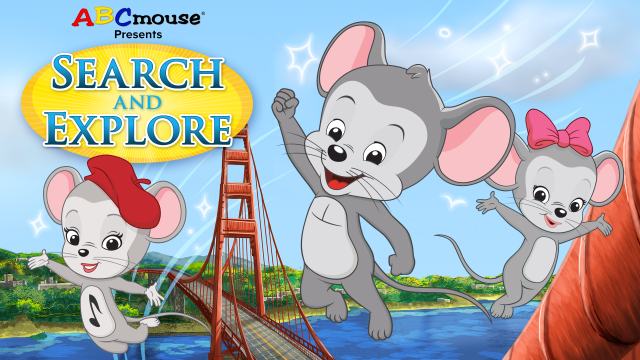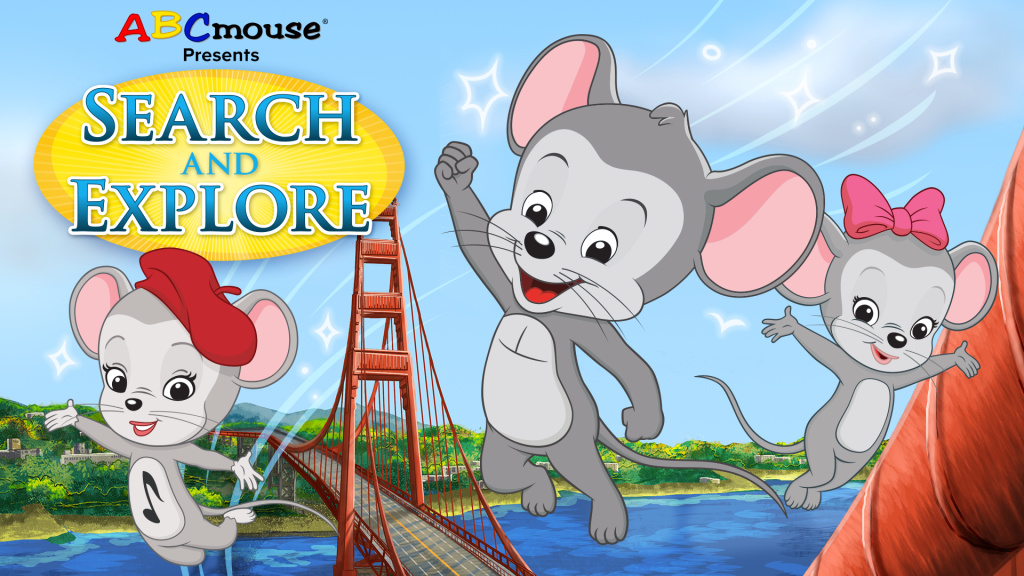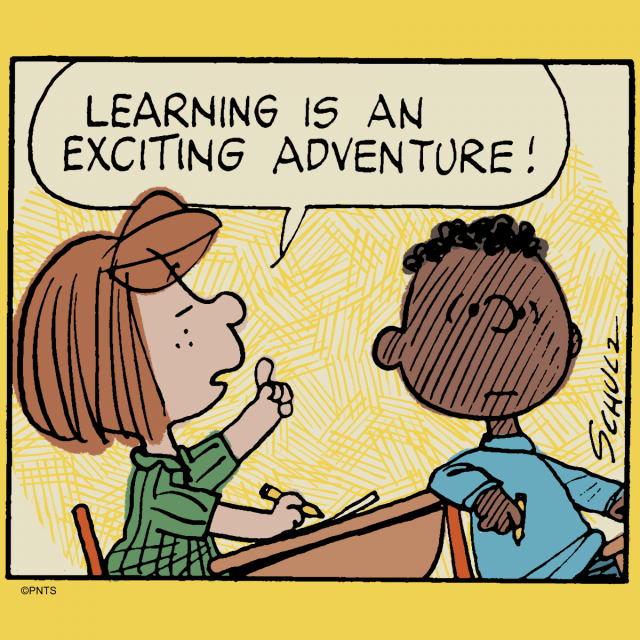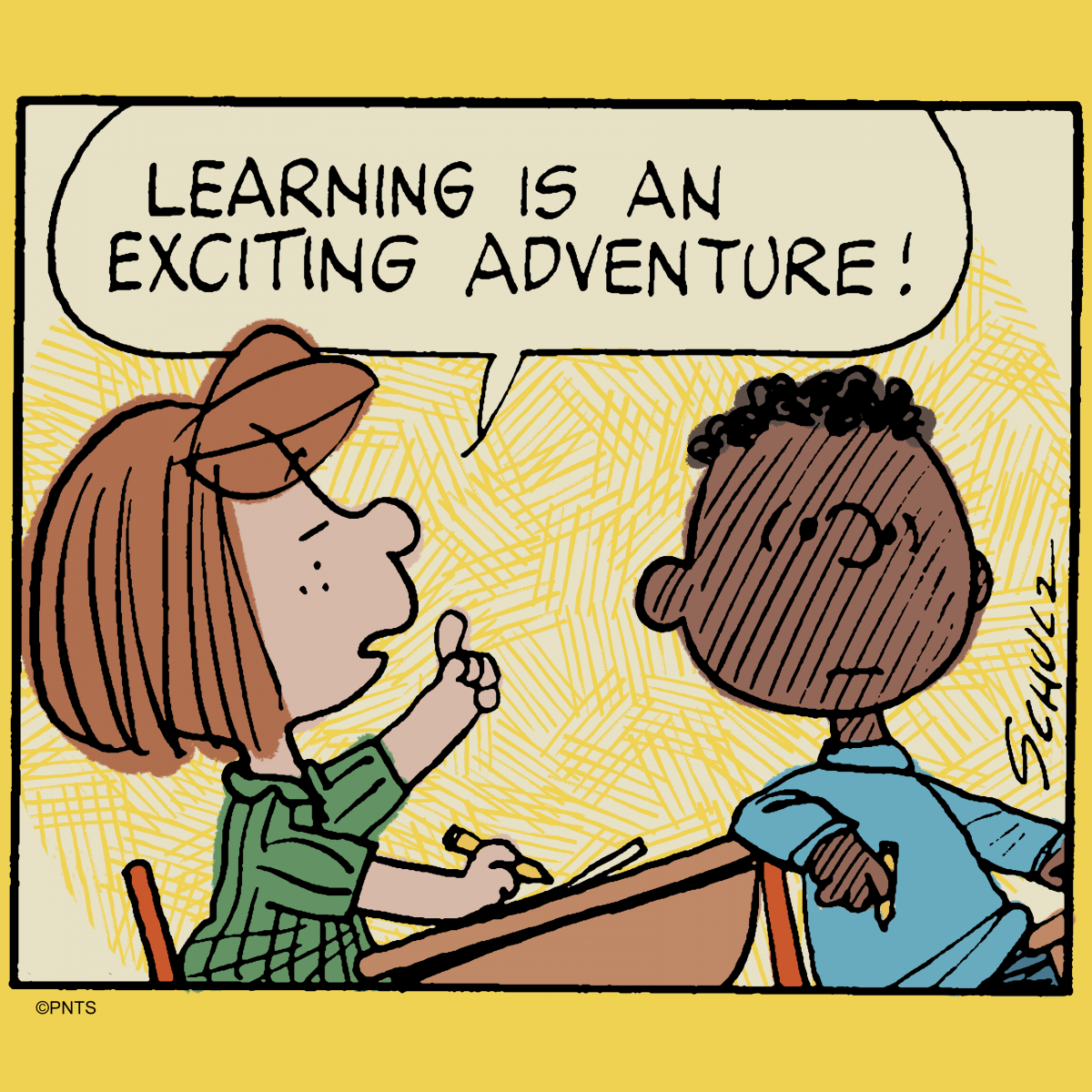
It’s the most magical place on earth. The place where dreams come true. A trip to Disney World is one of the best ways to bond with your family — and the easiest way to blow through a vacation budget.
I should know; I’ve been there 17 times.
But not every Disney trip has to break the bank. If you’re planning on one big trip to this Holy Land of Princesses and Pixie Dust, then by all means, go big. But, if your kids are super little, or you know you’ll probably pay a visit to Mickey and Minnie a couple of times before your kids fly the nest, then here are 5 ways to save some money.
1. Stay OFF-Property
OK. I know I’ve offended a large portion of the population by throwing this out there. Yes Disney hotels are magical, you’re right in the heart of the excitement and you can use Disney transportation. But they’re also crazy expensive.
For the same price (or less) than a single hotel room at some Value Resorts and most Moderate Resorts, you can book a one or two bedroom condo right outside of Disney’s gates. Not only do you not have squeeze the whole family into a tiny room, you’ll have the luxury of more than one bathroom.
Some condo resorts actually sit within the confines of Disney’s property, so you’re still only a few minutes from the parks and Disney Springs. You also have your own kitchen — and while you obviously won’t be whipping up gourmet meals, there’s something to be said about feeding the kids breakfast and having a space to store snacks (see reason #2). So yes, it’s pretty magical staying on property, but it’s also pretty magical saving money.
2. Skip the Dining Plan — Really!
I love Disney, but they’re experts at the upsell. If you do decide to stay on property, the Disney Dining Plan is totally unnecessary. Is your 4 year old really going to eat close to $40 worth of food in a day?
If you purchase the deluxe dining plan, that’s what it’ll cost you. And even the Quick service plan will put a family of 4 back $185 a day– and that only includes 2 quick service meals each day.
For that price, or even less, you can have groceries delivered to your room or off-property condo. Garden Grocer and Publix both deliver, as does Amazon Prime Pantry.
From quick breakfasts in the room, to packing sandwiches and snacks for the parks (yes, you can bring food in with you!) and wine or beer to kick back with in your condo after a long day at the park; passing on the dining plan can save your family hundreds of dollars.
*Tip: If you do have money burning a hole in your pocket, consdier the “coolest Disney park treats” that you probably don’t even know about. Also, don’t buy the expensive ($169) PhotoPass”; just make your own through Shutterfly for half the price!
3. Bring reusable water bottles
This is a natural follow up to tip #2. Why drop $3 for a plastic bottle of water, when you can bring your own insulated water bottles? You’re going to a theme park, so chances are you’ll either have a stroller, backpack or both– plenty of room to store the family’s drinks.
There are plenty of water fountains for refills, or you can use the ice and water from the soda machines at the park restaurants.
Save money and help the earth? It’s a win-win.
4. DON’T buy your tickets through Disney
But don’t buy them from an unauthorized ticket agent either. You can save a little by purchasing your tickets through Undercover Tourist, an authorized ticket website that sells Disney tickets and mails them to you for free. The tickets come ready to use with Fastpass+ and you can also link them to a MagicBand– all you have to do is link the ticket to your MyDisneyExperience account and you’re ready to go.
To give you an idea, a 5-day, one-park ticket for a family of four on Disney’s website will cost $1535. Over on Undercover tourist’s site, a family of four can get a 5-day, one-park pass for $1485.
For even more savings, sign up for Mousesavers.com’s free monthly e-newsletter, and you’ll get an exclusive link for even more savings at Undercover Tourist. This exclusive savings brings the 4 day plus 1 day free ticket down to $1427!
That’s over $100 savings compared to the 5 day ticket purchased through Disney. And we all can use an extra $100 in our pockets.
5. DON’T go during peak times! (Check a “Crowd Calendar”)
This one might be tricky for some people. If you’re a teacher, or you don’t like to pull the kids from school, then this one doesn’t apply to you. However, if your job is flexible, your kids aren’t in school yet, or you know deep down that a memorable family trip will have a longer lasting effect on your kid than a 3rd grade social studies lesson, then going off-peak is the way to go.
If you’ve decided, even after all my sage advice, that you absolutely MUST stay on property (and I’m not judging you), then going off peak will save you hundreds of dollars.
There are numerous room-only deals, as well as packages that bundle your room and tickets during these times. January, early February, and early December are just a few times when deals can be found. There also tends to be fewer lines and less crowds, so snagging that Fastpass for Frozen Ever After or Avatar Flight of Passage, or scoring that elusive reservation at Be Our Guest is a whole lot easier.
There are a number of websites that have a crowd calendar, so you can track not only when there are fewer crowds, but also find out which park will be the busiest on which day.
Thinking of going over Christmas break?
Forget about it! That’s like paying to be part of a hurricane evacuation.
Going off peak can also save you money on airfare; airlines notoriously raise their prices around holidays and school breaks.
*Tip: If you are stuck at DIsney on a crowded day, at least read this study about how to avoid lines from the LA TImes.
So there you have it.
Don’t let planning a Disney trip overwhelm you — or make you go into debt. There are ways to experience all the magic without draining your wallet (completely). And besides, years from now, your kids won’t remember what the hotel bed looked like, or what they ate for lunch.
They’ll remember the feeling of seeing the fireworks, riding the rides and watching the parades with their family. And that’s the most magical thing of all!
I'm Missy, a mother of three and a middle school drama teacher at a private school. I'm obsessed with my Vizsla (dog), traveling, and the musical Hamilton. I also enjoy writing and sharing fun parenting stories, which is what brought me here.












